Deflation Unlikely But Not Impossible
For now, when it comes to consumer prices, Goldilocks carries the day.

For now, when it comes to consumer prices, Goldilocks carries the day. Inflation is not too hot, not too cold. Even so, concerns about rising inflation, or deflation, won't fade away.
The Consumer Price Index in September saw a slight uptick, but over the past 12 months the CPI has fallen 1.3%. A year ago the deflation worry was larger for several reasons: GDP began to contract, the prices of oil and other commodities plummeted and prices of assets, especially housing, dropped sharply as well.
Last September, the threat of a global depression was real. To ward off a spiral of collapsing prices, the Federal Reserve embarked on a program that pumped about $2 trillion into shaky credit markets. That revived the market for commercial paper and also helped keep mortgage rates around 5%. Economic activity began to pick up.

Sign up for Kiplinger’s Free E-Newsletters
Profit and prosper with the best of expert advice on investing, taxes, retirement, personal finance and more - straight to your e-mail.
Profit and prosper with the best of expert advice - straight to your e-mail.
So why do some still worry? If the Federal Reserve withdraws most of that credit before consumer spending turns solid, the economy will sag and take prices of houses and stocks down with it. And that would occur at a time of substantial "slack," with the unemployment rate likely above 10% and idle factory capacity near a 40-year low. On top of that, there's an added worry that next year China, which is seeing rapid rises in stocks and property values, will crash, sending a deflationary tsunami toward the U.S.
A stronger argument can be made that the true threat is inflation. In theory the Fed should be able to throttle back the credit that it has pumped into the system during the course of 2010. But pressures of an election year could cause the Fed to go slower, allowing inflation pressures to build.
Our view: deflation is unlikely, but it will lurk in the shadows as long as unemployment hangs around 10%. Inflation won't pose a threat until the unemployment rate falls and approaches 7%.
Get Kiplinger Today newsletter — free
Profit and prosper with the best of Kiplinger's advice on investing, taxes, retirement, personal finance and much more. Delivered daily. Enter your email in the box and click Sign Me Up.

-
 6 Stunning Waterfront Homes for Sale Around the US
6 Stunning Waterfront Homes for Sale Around the USFrom private peninsulas to lakes, bayous and beyond, Kiplinger's "Listed" series brings you another selection of dream homes for sale on the waterfront.
By Charlotte Gorbold Published
-
 Six Reasons to Disinherit Someone and How to Do It
Six Reasons to Disinherit Someone and How to Do ItWhether you're navigating a second marriage, dealing with an estranged relative or leaving your assets to charity, there are reasons to disinherit someone. Here's how.
By Donna LeValley Published
-
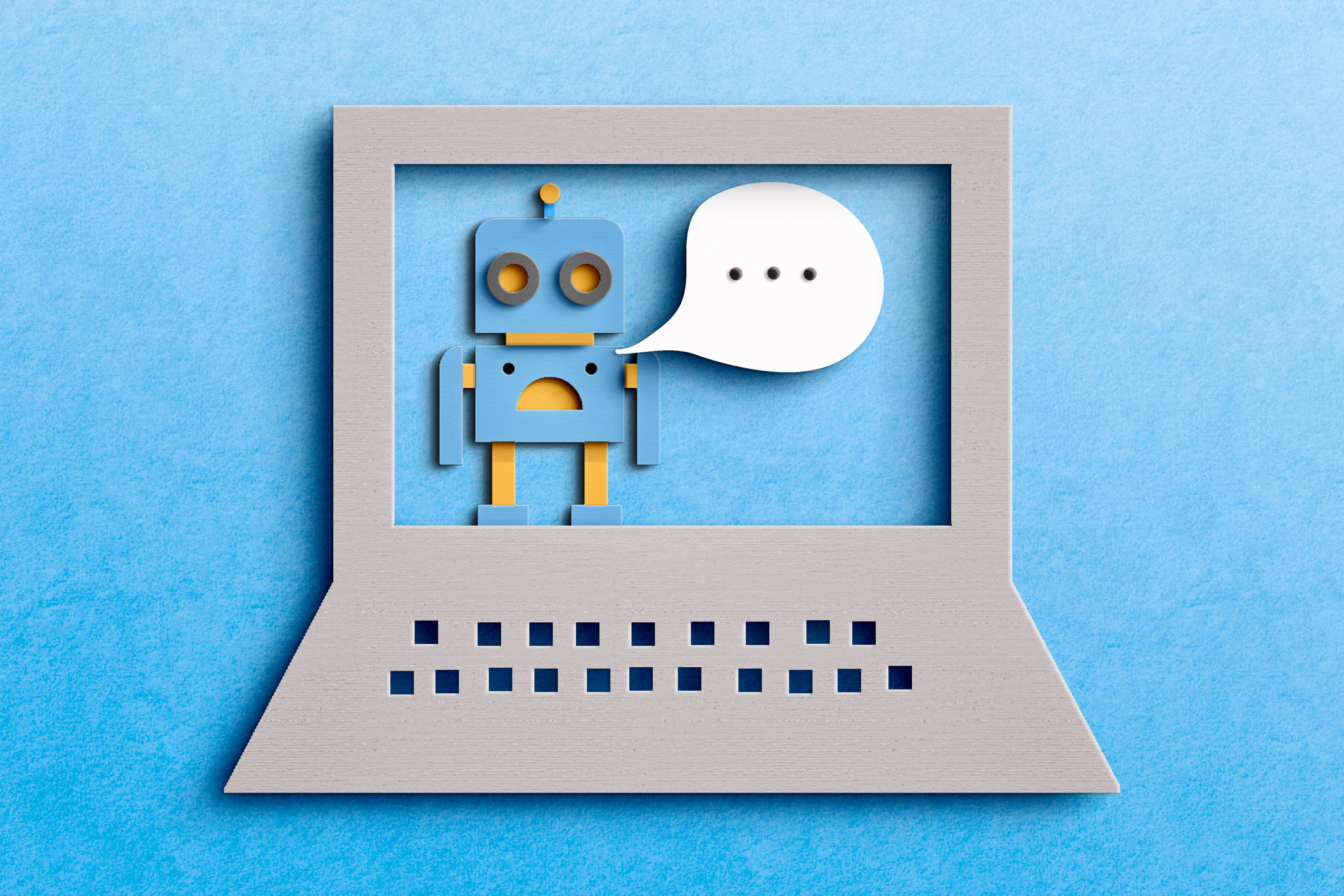 AI Regulation is Looming: Kiplinger Economic Forecasts
AI Regulation is Looming: Kiplinger Economic ForecastsEconomic Forecasts Find out what Washington and regulators have planned for artificial intelligence.
By John Miley Published
-
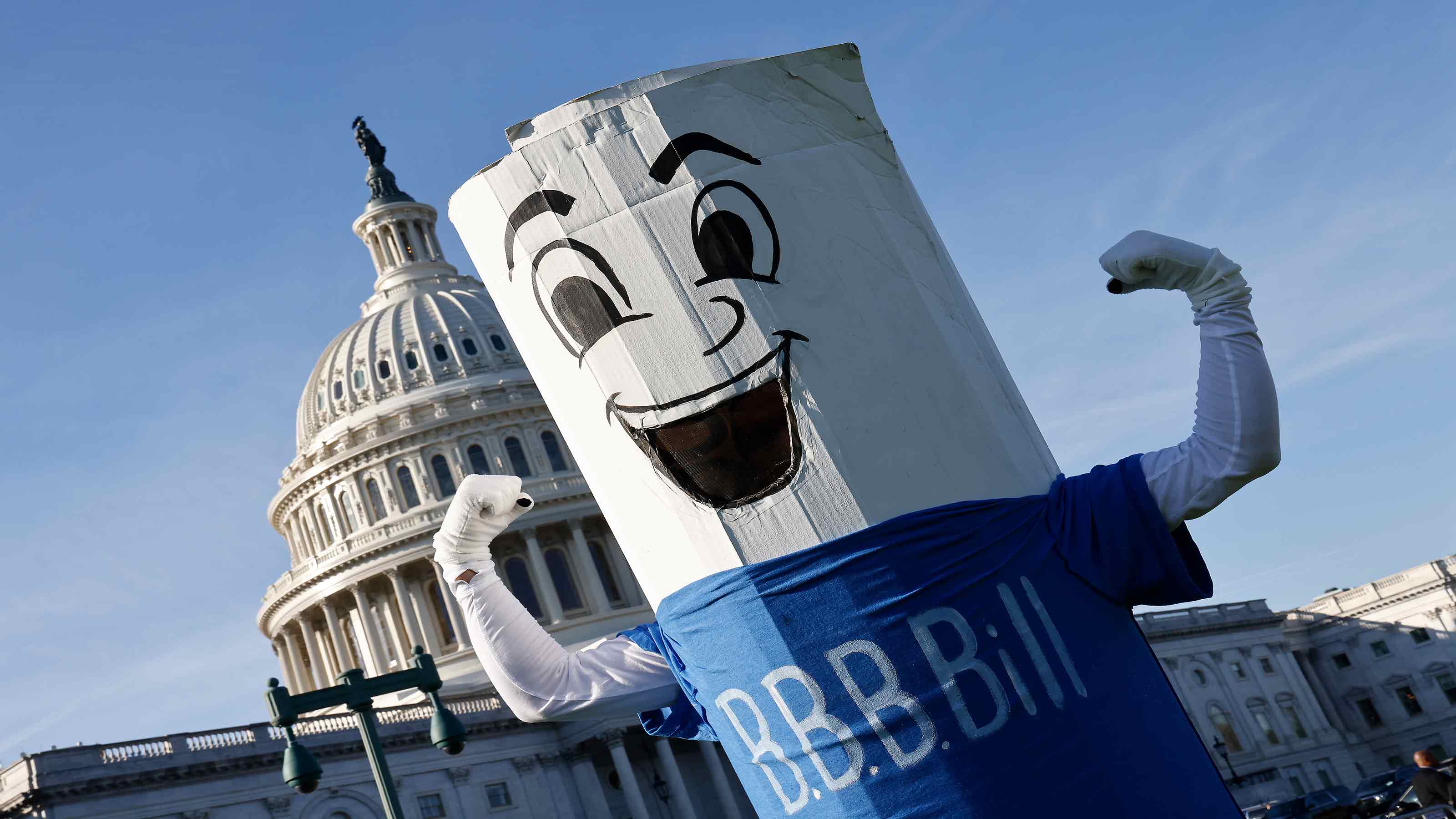 The Biden Tax Plan: How the Build Back Better Act Could Affect Your Tax Bill
The Biden Tax Plan: How the Build Back Better Act Could Affect Your Tax BillPolitics Depending on your income, the Build Back Better Act recently passed by the House could boost or cut your future tax bills.
By Rocky Mengle Published
-
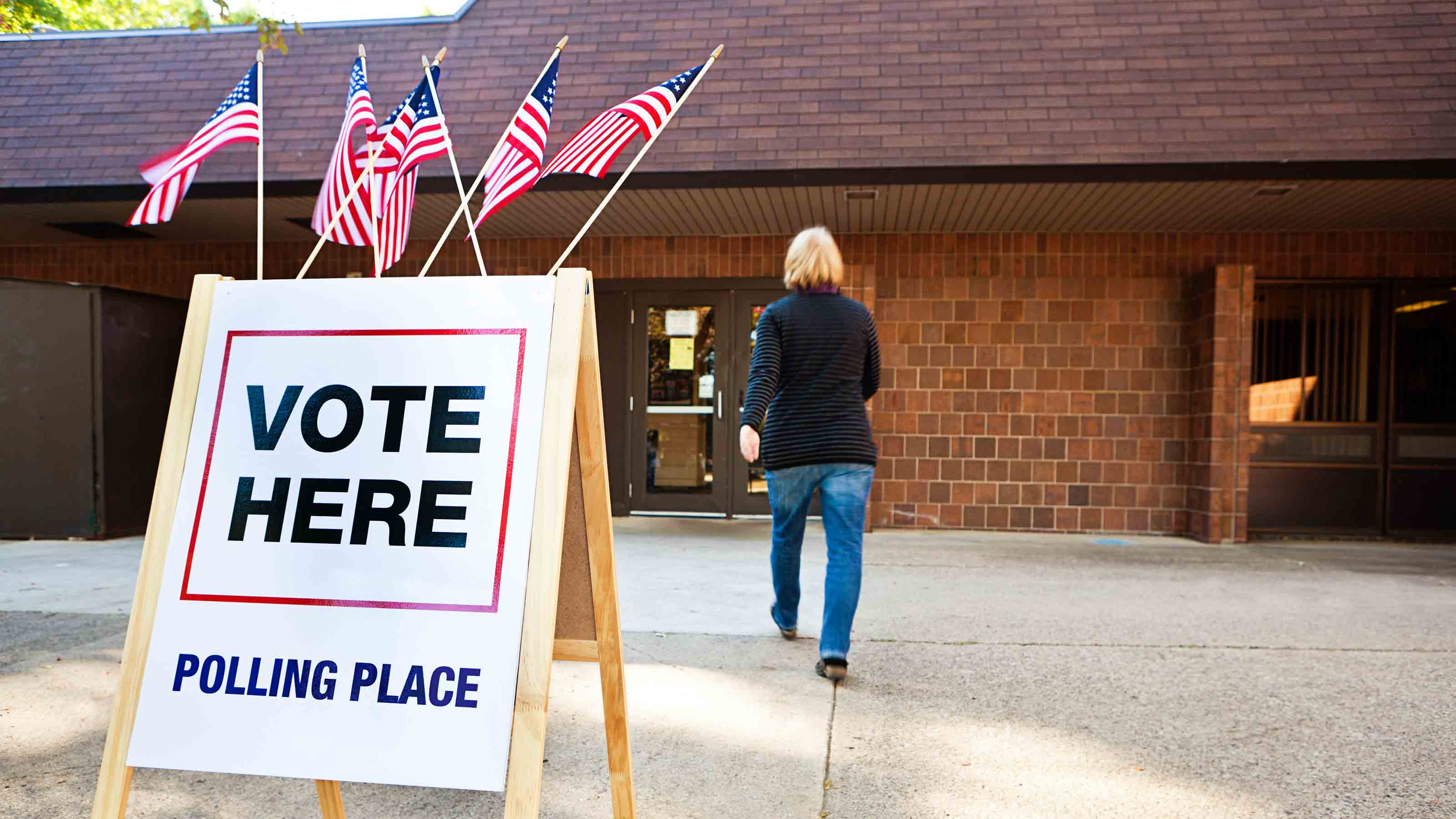 Kiplinger's 2020 Election Forecast
Kiplinger's 2020 Election ForecastPolitics For nearly a century, The Kiplinger Letter has forecasted the outcome of presidential elections to keep readers informed of what's coming and what it means for them. Here's our call for 2020.
By The Kiplinger Washington Editors Published
-
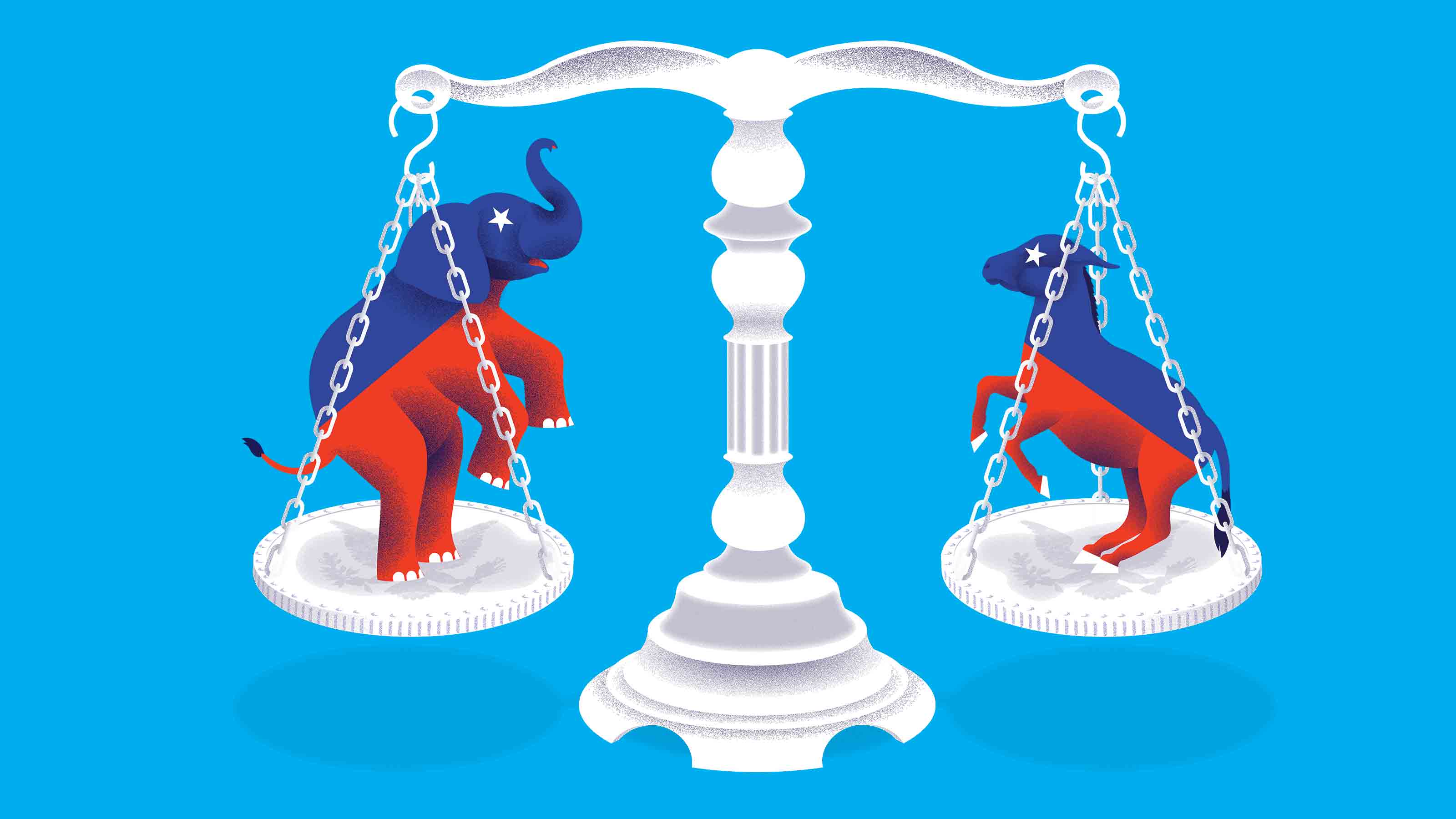 The 2020 Election and Your Money
The 2020 Election and Your MoneyPolitics We’ve assessed how the presidential candidates’ stances on financial issues will affect your wallet.
By the editors of Kiplinger's Personal Finance Published
-
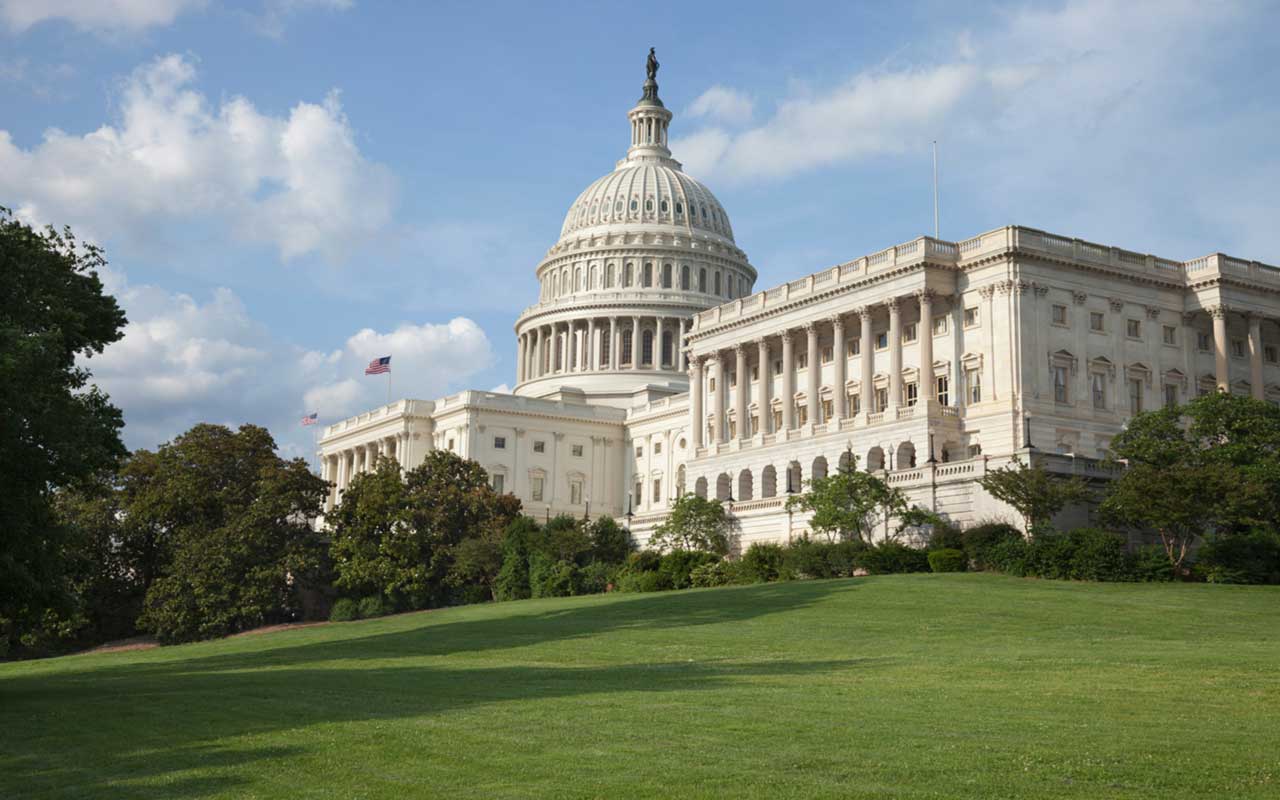 5 HEROES Act Provisions with a Good Chance of Becoming Law
5 HEROES Act Provisions with a Good Chance of Becoming LawPolitics The massive federal stimulus bill just passed by the House of Representatives is "dead on arrival" in the Senate. But a few proposals in the bill have enough bipartisan support to eventually become law.
By Rocky Mengle Published
-
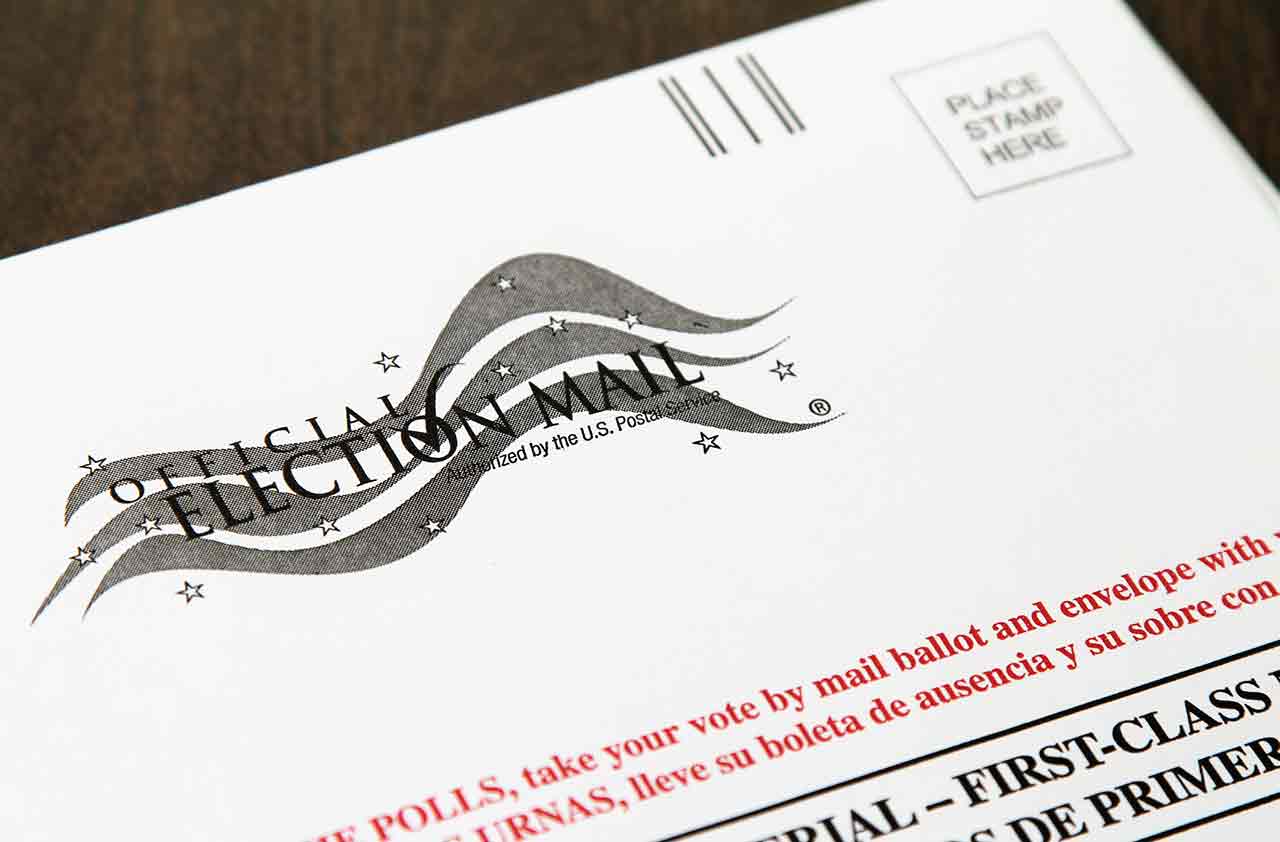 Vote by Mail: A State-by-State Guide to Absentee Ballot Voting
Vote by Mail: A State-by-State Guide to Absentee Ballot VotingPolitics With health authorities recommending people continue to social distance, the idea of voting by mail is becoming an increasingly hot topic.
By Rivan V. Stinson Published
-
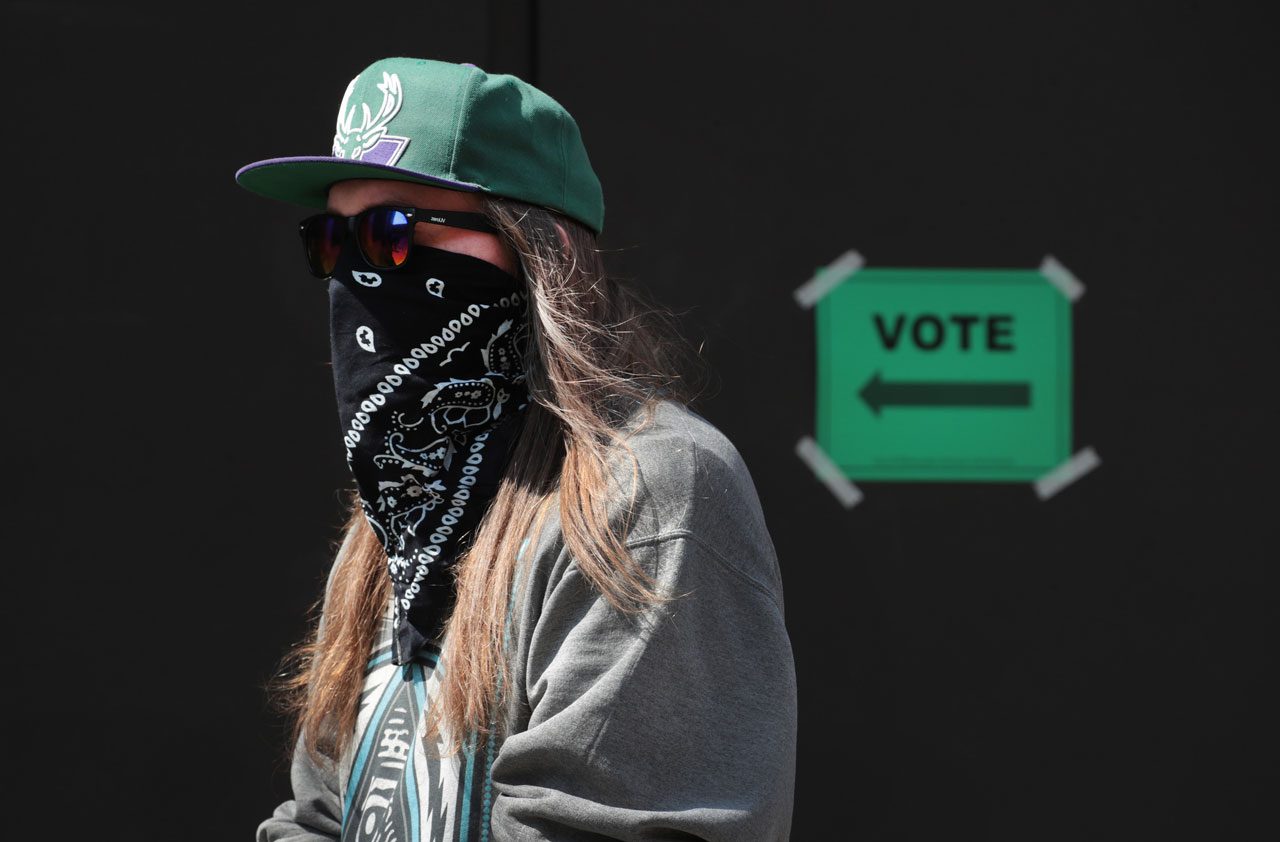 9 Ways COVID-19 Will Change the 2020 Elections
9 Ways COVID-19 Will Change the 2020 ElectionsPolitics The 2020 election will be like no other in history, as the COVID-19 pandemic will upend the business of politics as usual.
By Sean Lengell Published
-
 How to Run for Local Office
How to Run for Local OfficePolitics If you’ve ever thought that you could do a better job than the elected officials currently in office, here’s how to launch a campaign—and win.
By Kaitlin Pitsker Published